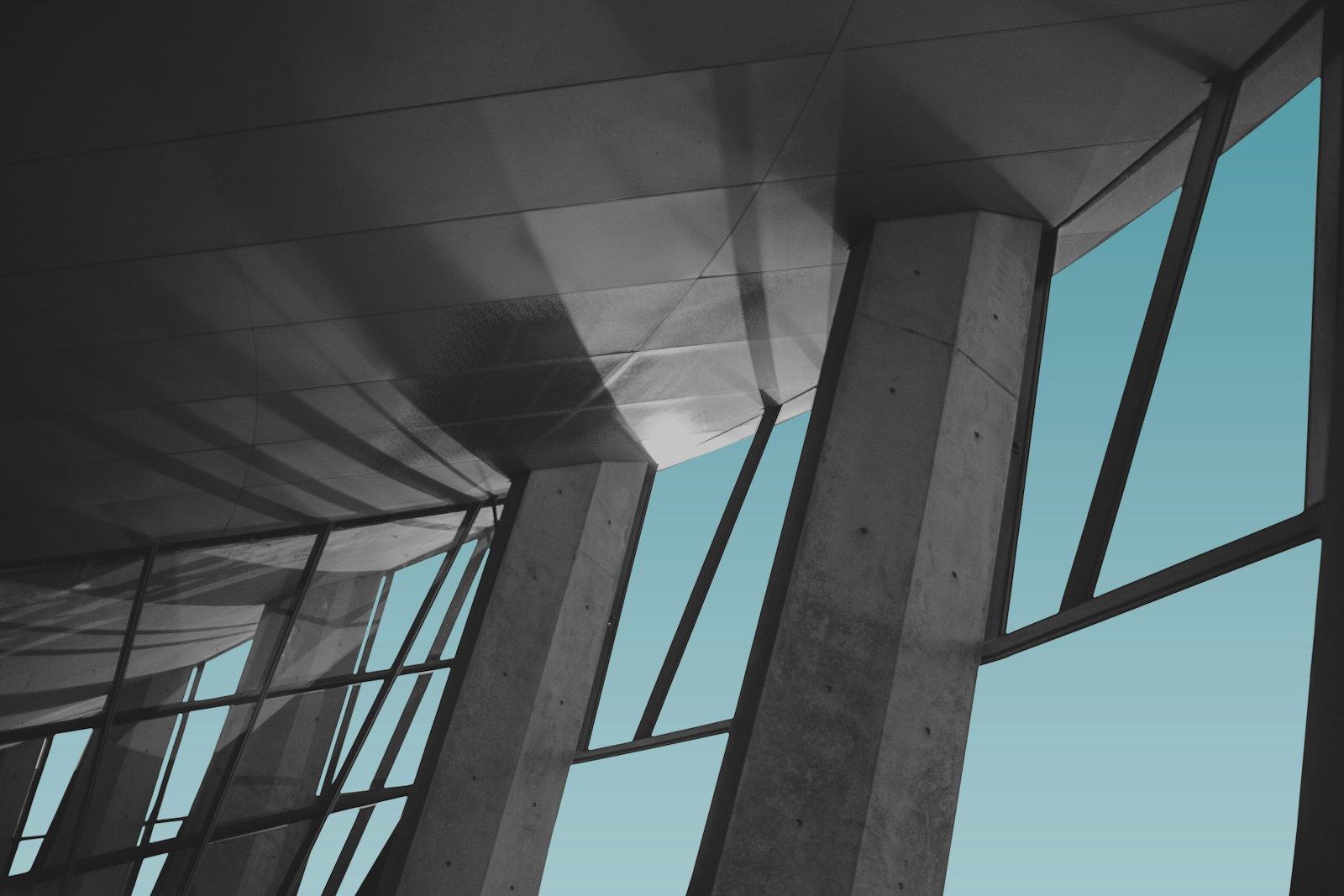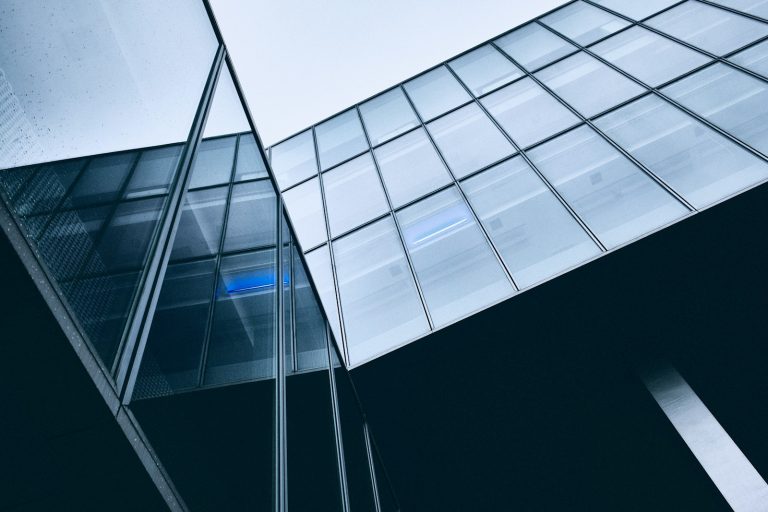Window Heat Proof Coating: A Transparent Shield for a Cooler Home
The summer sun can be relentless, turning your living space into a sweltering sauna. But before you crank up the AC and watch your energy bills skyrocket, consider a cutting-edge solution: window heat proof coating. This invisible shield offers a powerful defense against the sun’s rays, keeping your home cooler and more comfortable.
How Does Window Heat Proof Coating Work?
Window heat proof coating, also known as reflective film, is a thin layer applied directly to your existing windows. These films are formulated with microscopic particles that work in two ways:
- Reflection: The coating reflects a significant portion of the sun’s infrared radiation, the invisible heat waves that contribute most to rising indoor temperatures. This reduces the amount of heat entering your home.
- Absorption: Some films absorb a portion of the infrared radiation, converting it into a negligible amount of heat that dissipates harmlessly.
Benefits of Window Heat Proof Coating:
- Reduced Energy Costs: By significantly lowering heat gain, window heat proof coating can lead to substantial savings on your air conditioning bills. Studies show reductions of up to 30% in cooling costs.
- Enhanced Comfort: A cooler home environment translates to a more comfortable living space, allowing you to relax and enjoy the summer months without feeling the heat.
- Reduced Fading: The film’s ability to block ultraviolet (UV) rays can help protect your furniture and interiors from sun damage and fading.
- Improved Privacy: Certain films offer a frosted or tinted appearance, providing additional privacy while still allowing natural light to enter.
- Easy Maintenance: Window heat proof coating is generally easy to maintain. Regular cleaning with a mild soap solution keeps the film looking its best.
Choosing the Right Window Heat Proof Coating:
There are various types of window heat proof coating available, each with its own properties:
- Visible Light Transmission (VLT): This indicates the amount of visible light that can pass through the film. Films with lower VLT offer more heat rejection but may also dim the room.
- Solar Heat Gain Coefficient (SHGC): This measures the film’s effectiveness in blocking solar heat gain. Lower SHGC values indicate better heat rejection.
- Reflectivity: This refers to the percentage of solar radiation reflected by the film. Higher reflectivity translates to greater heat rejection.
Considerations Before Coating:
While window heat proof coating offers numerous benefits, it’s essential to consider a few factors before making a decision:
- Window Size and Location: Larger windows and those facing south will require films with higher heat rejection properties.
- Desired Level of Light and Visibility: Some films may reduce the amount of natural light entering your home.
- Local Regulations: Certain building codes might restrict the type of window film you can use.



